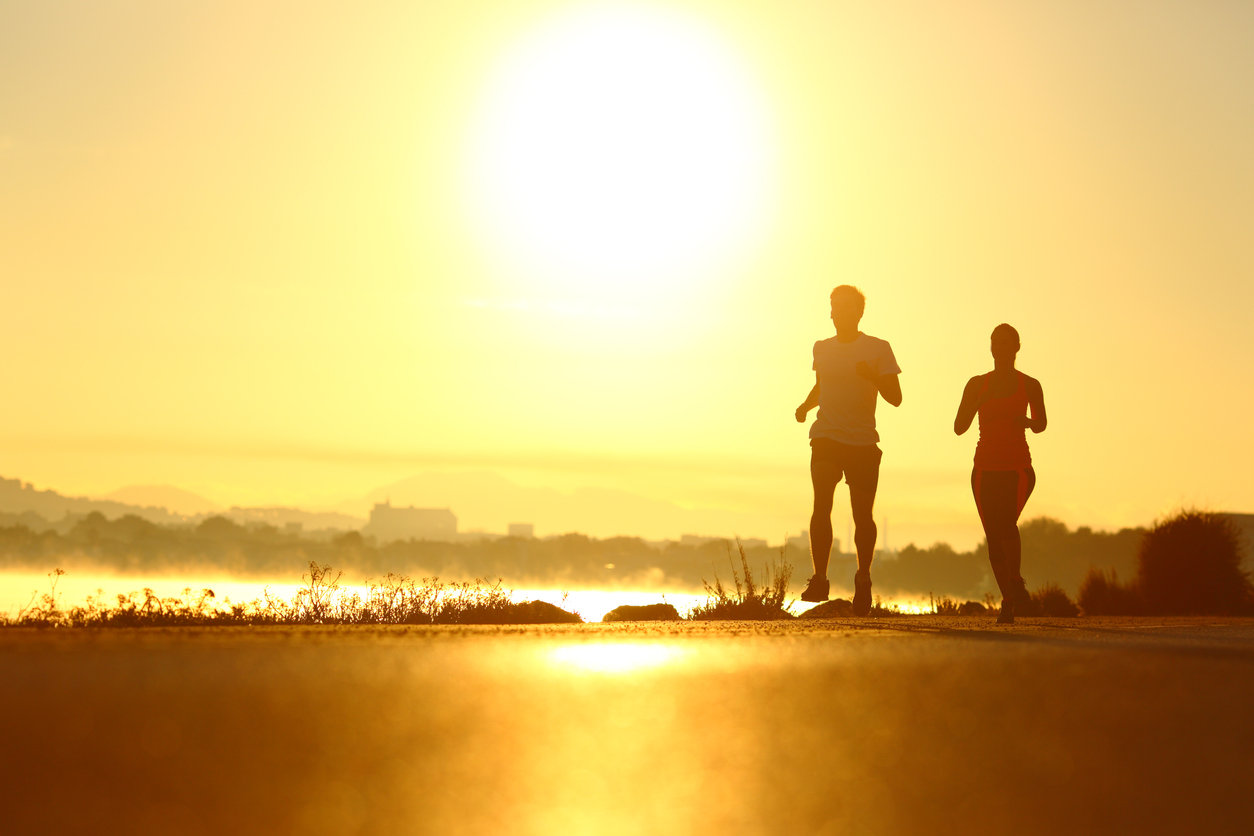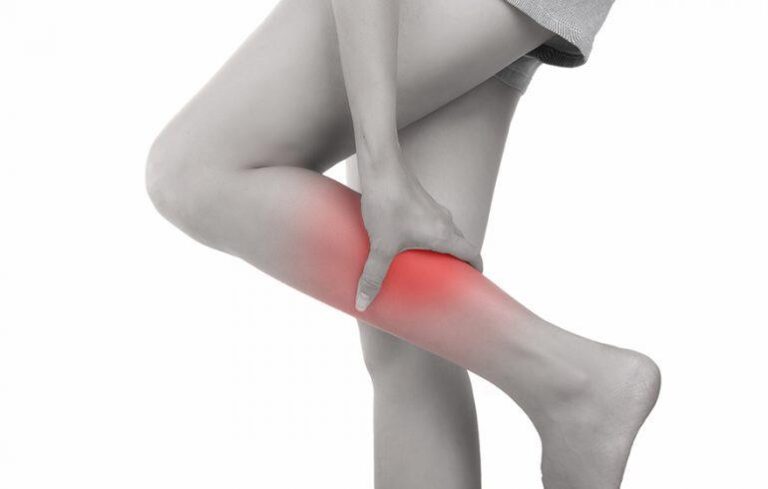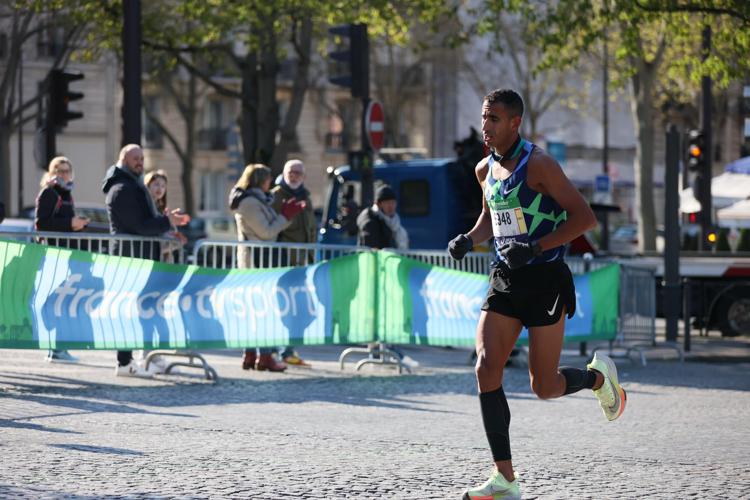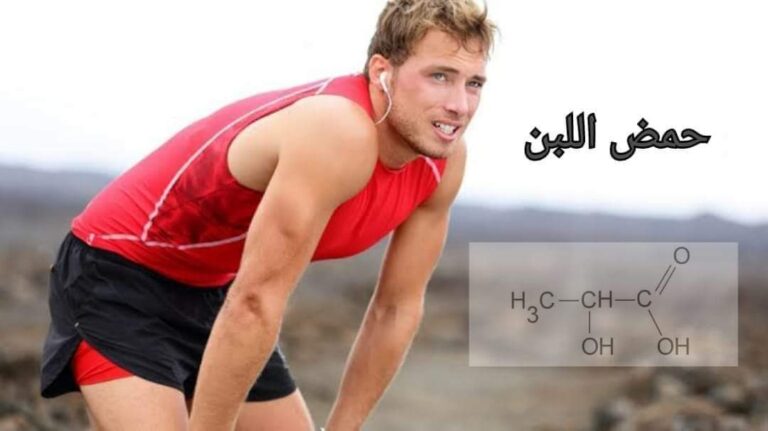Training in Heat & High Humidity
‘Tips on how to tolerate it’
‘Are there any Additional Benefits?’
We are approaching the challenging months to run outside in Qatar. The months of June, July and August are renowned for being extremely hot and humid in the middle-east, making it very difficult for us keen runners to keep on training outdoors.
Even though runners tend to be very good at watching the weather forecasts and choosing the best time of the day to train, it is important to be aware of the effect of the heat, especially humidity, on the body and be aware on how we can best survive these humid runs!
So, let’s look at why running in the heat and humidity is so hard? What are the negatives, dangers and the potential benefits of training in the heat? What can we do to cope better during these sessions?
Why is it harder to run in High Humidity?
Well basically the challenge of running in the heat increases exponentially with an increase in humidity. The ‘real’ temperature we experience is influenced by the level of humidity. When the humidity is 40% or lower, the temperature, as we ‘feel’ it remains unchanged. However, when the humidity is above 40% the temperature we experience (Heat Index) goes up significantly.
Let’s go through some examples: when it is 31° C and humidity is 40% it will feel like 31° C but when the humidity is 70% it will feel like 38° C. With a humidity level of 85% the temperature will be experienced as 43° C! This is why humidity plays a vital role on how hot we experience the temperature.
The Heat Index is what helps us estimate the ‘real’ temperature that we will experience outside based on how high the humidity is. So, when the humidity is 40% or lower it will not really have much impact on the actual temperature experienced. There are many online calculators that can help us in calculating the Heat Index, try one here.
The Physiological Effect ‘What happens to our bodies’
Living in Qatar I completely dread the summer months as a runner. However, even when I don’t run the heat and humidity can be overwhelming. Just stepping outside in the middle of the day will make you uncomfortable and you will start dripping in sweat within a few seconds. The effect of the combination of heat and humidity is really something remarkable. So, when we run in these conditions the stress on the body is pretty significant.
Raised Core Temperature
The core temperature will naturally increase when we run, stimulating the sweat glands to produce droplets. This is so that we can regulate our core temperature and avoid overheating. Sweating will make sure that excess heat that is brough to the skin surface is released and this will reduce our core temperature.
The problem with humidity is that the moister in the air will reduce the evaporation of sweat so some of the heat gets trapped inside our bodies, increasing the risk of heat exhaustion and heat stroke, especially during exercise. This risk goes up even more if you are dehydrated.
Recognise HEAT STROKE (Note that this is a Medical Emergency)
- Definition: A core temperature of >40° C with central nervous system dysfunction, such as altered consciousness (confusion to coma), seizures, change to normal behaviour etc.
- Cause: Strenuous physical exercise or exposure to severe environmental heat.
- Symptoms: Core body temp of >40° C, intense thirst, weakness headache, nausea, vomiting, rapid pulse, disorientation. *Many symptoms are similar symptoms to Heat exhaustion. Heat exhaustion can quickly progress to heat stroke if not managed properly.
- Treatment:
- Call 999 Emergency medical treatment is necessary.
- Rapid active cooling: immediately regardless of temperature. Stop cooling once 39° C has been reached. Ice pack can be used in armpits and groins or ice baths.
- Prevention: see tips below.

Heat Exhaustion (A Mild to Moderate Illness)
- Definition: A normal to slightly elevated core temperature of 37° C to 40° C with mild neurological symptoms.
- Cause: Strenuous physical exercise or exposure to severe environmental heat.
- Symptoms: Core body temp of 37°C to 40°C, intense thirst, weakness, headache, nausea, vomiting, anxiety, dizziness, faints, rapid pulse. But a normal mental status. If untreated it can progress to heat stroke.
- Treatment:
- Move to a cool place
- Remove any unnecessary clothing
- Rehydrate with cool drink
- Ice packs (groin/armpits)
- Water sponge or spray with cool water
- Call 999 if condition worsens and any change to mental status
- Prevention: see tips below.
Dehydration and Electrolytes
The risk of getting dehydrated and electrolyte imbalance is obviously higher when running in heat and high humidity. During dehydration, blood plasma levels drop, due to the lack of fluid, and blood flow is directed to the essential organs to keep us alive. As a consequence, there is less blood flow to the skin surface and the body will not effectively cool down, as well as there is a reduced blood flow to your Gastrointestinal (GI) tract, slowing down digestion.
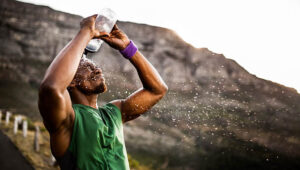
This will exacerbate the risk of over-heating and due to the reduced digestion you will become more sensitive to any gel, fluid or food intake during your exercise. This is why nausea, stomach cramps and vomiting may affect runners during endurance running especially in the heat (see blog). It is therefore important to stay on top of you hydration from the beginning of your session or race, ensuring regular fluid and electrolyte intake every 15min to prevent or reduce the risk of dehydration. Electrolytes increases the absorption of fluid, making rehydration more effective.
Raised Heart Rate
When our core temperature is high our blood pressure tends to drop and this will increase our heart rate. Our heart rate will also go up to ensure that we are supplying enough oxygen and nutrients to our muscles especially during workouts. As we require more oxygen we will also start to breath faster, hence feeling more out of breath.
Most runners will notice an increase of their heart rate of about 10-20 beats per minute when running in 32° C compared to 23° C. This increase will be significantly higher if humidity is about 40%. So remember that this will affect your pace. Do not expect to be able to run the same pace at the same heart rate level when it is humid and hot!
Effect on the Brain
It is important to remember that the heat and raised core temperature affects the brain. A raised temperature will affect our concentration, focus and decision-making skills. Runners will often feel disorientated, dizzy and may lose coordination when overheating. So these are important red flags to be aware of as they indicated overheating and you should stop and seek medical attention if symptoms persist.
How do we deal with heat & humidity?
Well, it is very individual how well we cope with the heat and humidity. As you have probably noticed some people sweat more than others despite doing the same exercise in the same temperature. People who sweat more easily do tend to release the heat and reduce their core temperature more effectively. However, they also dehydrate quicker. There are many factors that will influence how well you may cope, such as your age, body size, hydration status, fitness level, and heat acclimatisation. You may even notice that some days you cope better than other days, depending on hydration status, general fatigue, fitness level and how much you gotten used to training in those conditions.
So if we want to get the most out of our training during these hot and humid months we need to take much more care and be more aware of the factors that will influence our performance and health. We will go through some tips on what we can do to ensure that we cope better.
Top Tips For Running in Heat & Humidity
-
Let your body acclimatise!
When you change your running conditions dramatically, like altitude training and running in heat & humidity, it will take time for the body to adjust.
During this adjustment period you will find it much harder to train with increased breathlessness and reduced pace. Most research suggest that it will take about 10-14 days for your body to acclimate to training in the heat. So be patient and give your body time to get used to these challenging conditions
-
Run at the optimal time of the day
Check the Heat Index: looking at both the temperature and humidity level. As mentioned before, the Heat Index is hugely influenced by the level of humidity. Morning runs may be tempting as the temperature is lower but the humidity can often be higher in the mornings.
-
Hydrate Before, During & After Your Run
How much we need to hydrate is again very individual. Specific sweat tests can be done professionally but also by utilising available tools. How to calculate your sweat rate examples.
Try to take regular sips of fluid every 15-20min during your session or race to prevent dehydration. Also make sure that you are replacing electrolyte loss by choosing the correct fluid as this will more effectively reduce the risk of dehydration and any complications linked with electrolyte imbalance.
Here is a useful formula:
- Sweat rate (ml/hr) = weight before exercise (g) – weight after exercise (g) + amount of fluid consumed (ml) – amount of fluid urinated (if applicable)/minutes of activity x 60
- This will give you a ml/h number. It tells you how many mls of liquid per hour of activity you will need during your training runs, races and recovery.
- If you are calculating this for a race, try to replicate conditions so you can estimate your fluid needs for the temperature and humidity you’ll likely experience.
-
Adjust Your Pace!
As we mentioned above, it is very likely that you will feel much more breathless with a higher heart rate than you would normally do at your target pace. So I would normally advise to run by effort rather than by pace in these conditions. As runners we are sometimes obsessed with hitting our target pace and splits but this may be a challenge when training in high humidity. The quality of your workout will still be maintained and we will discuss some of the potential training benefits from training in hot conditions.
-
Adjust your Training Program
It may be worth keeping some flexibility in your training program so that you avoid doing the harder workouts or long runs on the days with the highest humidity. I think it would be worthwhile checking the weather forecast daily/weekly and do your lighter sessions, indoor running or gym workouts on the days when humidity is high and the harder runs when the humidity is low.
-
Appropriate Clothing & Protective Accessories
Avoid dark clothing as this will absorb heat from the sun.
Try to use light coloured and breathable clothing that is comfortable and appropriate for running.
Sunglasses and a cap to cover your head will also help to keep cool and comfortable.
Soaking the cap or a bandana in ice water before your run and use it during your session will also help to keep core temperature down.
Water sponges if available during sessions and races are very refreshing and can help in keeping the core temperature down.
-
Avoid direct sun exposure
Try to run in shady areas, not in open fields, as the direct sun exposure will definitely make your run less tolerable.
Morning runs, if the humidity is not too high, will be more comfortable.
Evening runs, away from the sun and heat but also usually less humid, is the preferred option.
Are there any Additional Benefits from Running in the Heat?
So when we are putting ourselves through these hard sessions in very difficult hot and humid conditions it does make you wonder if it is worth it? Surely there must be additional benefits from going through all of this hard work?
Well, a recent study are suggesting that heat training can improve performance!
One study done in 2022 on cross-country skiers found that 5 weeks of 5 weekly training sessions increased their haemoglobin mass and red blood cell volume. These changes would have a direct beneficial effect on performance as haemoglobin is a protein in the red blood cell that carries oxygen to the working muscles.
The haemoglobin level in a person is influenced by many factors, such as genetics, iron levels, fitness level, altitude level and stress. Athletes in endurance sports are constantly trying to raise their haemoglobin levels, sometimes through illegal performance-enhancing drugs like EPO, which stimulates red blood cell production and increases haemoglobin levels.
So if there is a healthy and legal way of improving haemoglobin mass then that would be of great interest to all endurance athletes! The study showed that the group of elite athletes that did heat training 5 times a week, for 5 weeks showed an increase in both haematocrit level and haemoglobin mass.
Other studies have shown similar results that haemoglobin mass in raised during heat training. The theory behind these findings is that when the body is exposed to heat the plasma volume increases, resulting in reduced haematocrit (the % of red blood cells within a blood sample) through dilution. The kidneys will then sense this change and trigger a natural EPO production to raise the haematocrit level back to its baseline again. However, as the plasma volume is higher, the red blood cells and the total haemoglobin mass will also increase. Even then the plasma volume goes down we are left with a higher haemoglobin mass.
Even though these studies are very encouraging in regards to the benefit of heat training there are still many unanswered questions, such as how does these adaptations look like over time? Does passive heat exposure, like sauna and hot baths, work? Do we get the same results in athletes with low iron stores? Is there a hormonal impact? Have women got the same results?
These questions and many more will need to be address by future studies.
As runners we are unlikely to stop training regardless of the conditions we face but hopefully with a bit more awareness on the effects the heat & humidity have on our bodies we can more carefully plan our sessions. It is important not to underestimate the risks of training in high heat & humidity, it is a major stress so be careful and take pre-causions, listen to your body and recognise the signals that something is not right.

